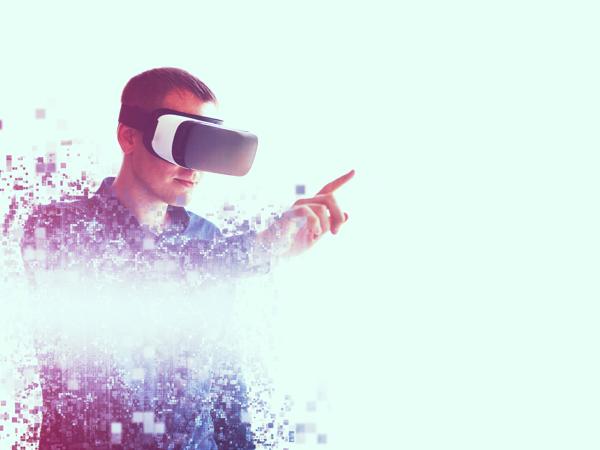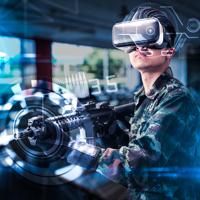In our journey towards integrating technology into everyday life, augmented reality (AR) glasses represent a fascinating intersection of innovation and practicality. These cutting-edge devices blend digital content with the physical world, offering users an enhanced experience that shifts seamlessly between real and virtual environments.
Understanding Augmented Reality
Augmented Reality is a technology that superimposes digital information—such as images, sounds, and text—onto the real world. Unlike virtual reality (VR), which immerses users completely in a virtual environment, AR enhances their interaction with the physical surroundings.
Today, AR can be found in applications on smartphones and tablets, and most recently, within AR glasses. This technology holds potential for a variety of applications—from navigation and gaming to education and professional use.
The Anatomy of AR Glasses
AR Glasses integrate several key components to function effectively:
Display: The heart of AR glasses is their display system. Typically, these glasses use transparent lenses, wherein digital images can be projected into the user’s field of view. Many work with waveguide technology, which directs projected light to the wearer’s eyes.
Sensors: To overlay digital information accurately onto the real world, AR glasses are equipped with various sensors. These include accelerometers, gyroscopes, and magnetometers to track head movement and orientation. This ensures that digital elements remain in the correct position as the user looks around.
Cameras: Many AR glasses come with outward-facing cameras. These cameras capture a view of the real world, allowing for the detection and placement of digital content. This feature is crucial for functionalities such as navigational guidance or object recognition.
Computing Unit: The processing power required for AR is packed into a small computing unit within the frames of the glasses or externally in a connected device. This hardware processes data from the sensors and cameras rapidly so that digital overlays can appear instantaneously.
Connectivity: AR glasses often rely on wireless connectivity, such as Wi-Fi or Bluetooth, to access or download necessary data. In some cases, they may be paired with smartphones or other devices for increased computational power.
How AR Glasses Enhance Real Life
Deploying AR in eyewear offers a range of practical applications:
Navigation: AR glasses provide turn-by-turn navigation overlaid onto your real-world view. For instance, Google's AR navigation helps users find their way without having to look down at their phones, allowing for a safer and hands-free experience.
Training and Education: These glasses can be potent educational tools. For example, medical students might use AR glasses to examine detailed 3D models of anatomy superimposed onto a real-world setting.
Workplace Efficiency: In professional environments, AR glasses assist technicians by showing step-by-step instructions overlaid on machinery, enhancing productivity and reducing errors.
Entertainment and Gaming: AR glasses take gaming up a notch by bringing virtual elements into one's physical space, offering an interactive dimension to traditional forms. To learn more about the best AR glasses available, check out our guide.
A Gentle Outlook
Though AR glasses bring interesting possibilities, it is essential to recognize this technology is an evolving field. Current devices offer varied functionalities and success levels, indicating ongoing research and development.
Companies like Microsoft, with their HoloLens, and Magic Leap, are contributing substantial advancements in this space. Several startups also explore niche applications, each with unique approaches to AR implementation.
In conclusion, AR glasses open up engaging ways to interact with the world, subtly intertwining technology with our daily lives. As this technology matures, it may bring even more varied applications that efficiently tackle real-world challenges.
While AR glasses are a noteworthy development, it's wise to approach new technology with realistic expectations and enthusiasm for continued innovation. Consider the privacy issues with AR glasses before adopting this technology.




